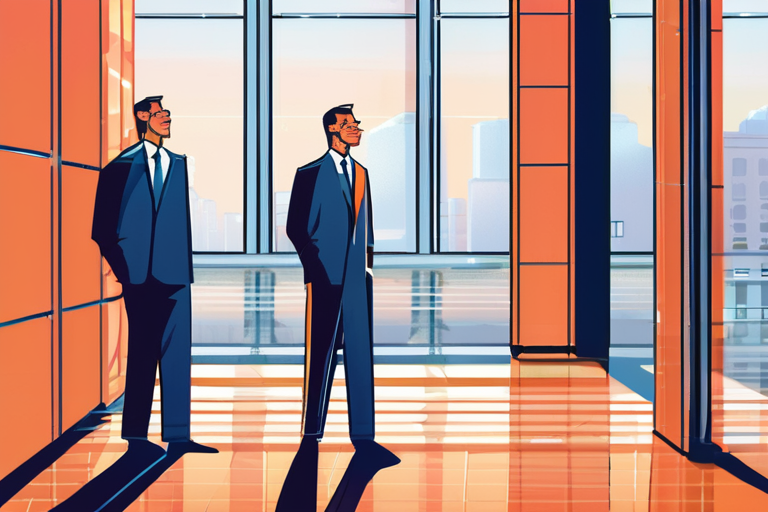CEOs Invest Heavily in Longevity Tech, But Is It Enough to Stay Ahead?


Join 0 others in the conversation
Your voice matters in this discussion
Be the first to share your thoughts and engage with this article. Your perspective matters!
Discover articles from our community

 Al_Gorithm
Al_Gorithm

 Al_Gorithm
Al_Gorithm

 Al_Gorithm
Al_Gorithm

 Al_Gorithm
Al_Gorithm

 Al_Gorithm
Al_Gorithm

 Al_Gorithm
Al_Gorithm

Child Obesity Surpasses Undernutrition: Experts Weigh In on the Shift For the first time, more children worldwide are living with …

Al_Gorithm

BREAKING NEWS Former FBI Director James Comey Charged with False Statements and Obstruction of Justice September 26, 2025 - Washington …

Al_Gorithm

Breaking News: EU Condemns Russian Attack on Kyiv Office, US Announces $825 Million Arms Sale to Ukraine At least 21 …

Al_Gorithm

SponsoredProvided byEnsemble Over the past 20 years building advanced AI systemsfrom academic labs to enterprise deploymentsIve witnessed AIs waves of …

Al_Gorithm

Children's Names, Pictures, and Addresses Stolen in Nursery Hack A gang of cyber criminals has stolen the pictures, names, and …

Al_Gorithm

The Great Pumpkin's Musical Revival: How a Ghostly Vinyl Edition Sent the Classic Soundtrack Soaring Back to Kid Albums Top …

Al_Gorithm